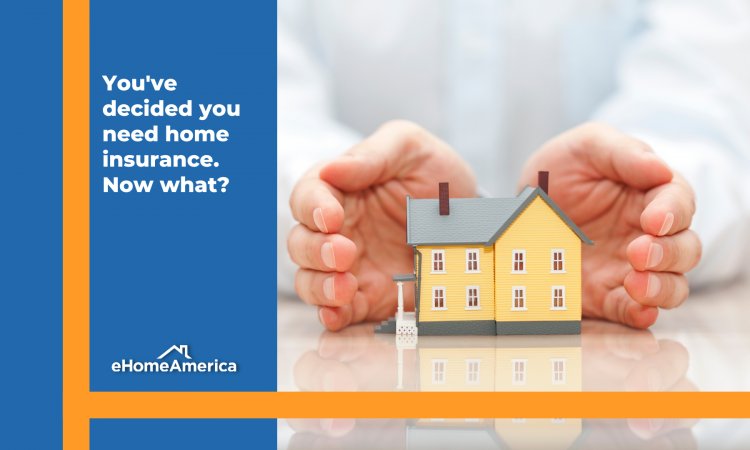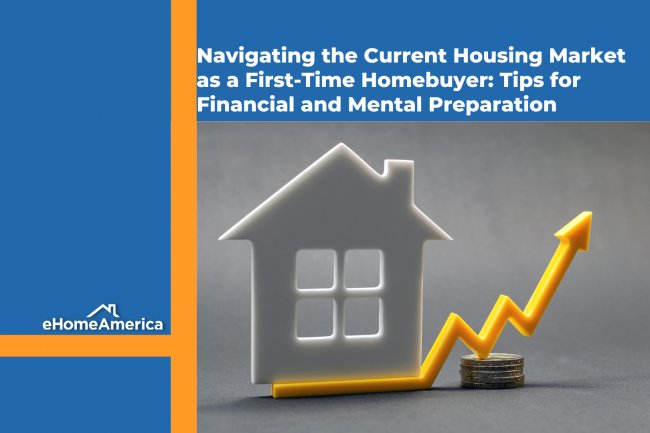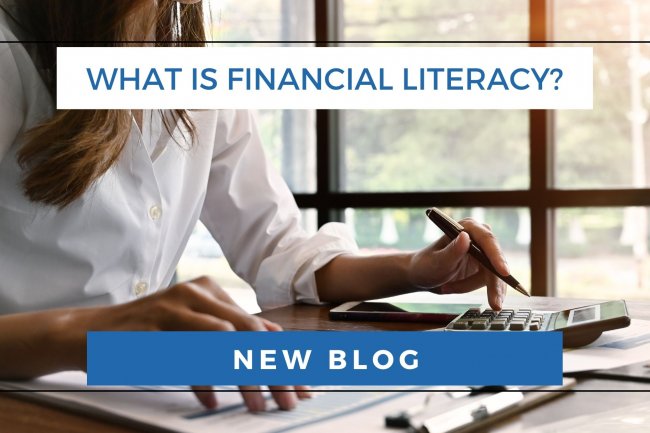You’ve Decided You Want Home Insurance…Now What?
Now that you’ve made the decision to purchase home insurance, where do you start? When shopping around for home insurance, it is important to look at policies that work for you, your lifestyle, and your home.

Recently, we talked about the benefits of home insurance and how it can protect you from great loss and financial stress. Not only is having home insurance the best way for you to protect your investment but banks and lenders will require you to have home insurance as well.
Basic Levels of Protection
There are two common types of protection when it comes to home insurance policies, actual cash value and replacement cost. Knowing the difference will help you select the policy that is best for you and your investment.
Actual Cash Value
This level of protection includes the cost of the house plus the cost of your belongings after deducting depreciation (how much your items are currently worth, not how much you paid for them). This protection level is likely to be seen in your cheaper and less inclusive home insurance plans.
Replacement Cost
This level of protection covers the actual cash value of your home and belongings without factoring in depreciation, allowing you to rebuild your home to its original value. This is the most common and the most recommended coverage option, as it allows the policyholder to secure a living situation that closely resembles their previous one in event of a disaster.

Eight Common Types of Home Insurance Policies
With so many choices and levels of coverage, picking the right policy for your home can be overwhelming. Below, we’ve listed the eight most common types of home insurance policies to help you decide what type of policy is right for your home.
1. Basic Form Policy
This homeowner’s insurance policy is the most basic and limited policy for single-family homes. Most insurance companies do not offer this policy anymore. It provides an actual cash value level of coverage and protects against disasters such as fires, severe weather, explosions, vehicles harming your home, smoke, vandalism, theft, or falling objects.
2. Broad Form Policy
This home insurance policy is a more commonly used policy with a slight upgrade from the first one. This policy is still very limited covering the structure of your home at the replacement cost level and your belongings at their actual cash value. This policy protects against the same perils of the first plan plus six additional perils including the weight of ice or snow, flooding, freezing, volcanos, power surge issues, and cracking, burning, or bulging of built-in appliances like HVACs and water heaters.
3. Special Form Policy
This homeowners insurance policy is the most commonly used policy with broader coverage because it covers all risks already discussed, aside from those specifically mentioned by the insurance company. Some factors excluded in this type of policy include neglect, wear and tear, war, and earthquakes.
This home insurance policy covers your home at the replacement cost level and your belongings at actual cash value, but many insurance companies will upgrade the coverage of your belongings to the replacement cost level for a small addition to your premium. This type of policy also tends to include liability insurance and loss-of-use coverage (i.e. if you are found legally responsible for someone's injury while they are in your home or if you have to stay in a hotel after a covered loss).
4. Contents Broad Form Policy
This next home insurance policy is specifically for renters and it is most commonly called renter’s insurance. This plan will cover your personal belongings both in your home and anywhere in the world (i.e. your laptop gets stolen on vacation) at replacement cost. Renter’s insurance does not cover the actual structure of your home because that is your landlord’s responsibility. Similar to some of the previous policies we discussed, this type of policy will cover liability and additional living expenses if you need to live elsewhere while your apartment is being repaired.
5. Comprehensive Form Policy
This home insurance policy is the most comprehensive form of homeowner’s insurance and the second most commonly used for single-family homes. While it is similar to the third policy, this one is more robust and is generally used for high-value properties or properties in higher-risk areas.
The biggest differences between Special Form and Comprehensive Form policies are the levels of protection that come with the latter like dwelling and personal property being insured at their replacement cost by default. Comprehensive Form policies also offer at-risk coverage for both your home and personal property and offer high coverage limits for expensive types of property, including jewelry, fine furs, and electronics.
6. Unit Owners Form Policy
This policy is specifically designed for condominium owners. The amount of coverage needed can vary depending on what is already covered by your condo association’s HOA insurance, which typically covers the interior of the home and any upgrades made to the space (i.e. upgrading light fixtures).
7. Mobile Home Form Policy
While similar to the third homeowner insurance policy we discussed, this homeowners insurance policy is specifically designed for a mobile or manufactured home and cannot be covered under a normal single-family insurance policy.
8. Modified Coverage Form Policy
This policy is a specific type of policy for older homes that don’t meet insurer standards for other policy forms. Essentially, this means that those who qualify typically must live in an older home that is at risk of loss due to aluminum wiring, outdated plumbing, or a damaged roof.
Similar to the first type of policy we discussed, this homeowner insurance policy is a named peril policy that only protects against the disasters mentioned in the first policy, and offers actual cash value protection.
How Much Does Home Insurance Cost?

Now that you know about the different levels and types of homeowners insurance, it’s time to talk about cost.
According to Policygenius, the average cost of homeowner’s insurance in the U.S. is $1,899 per year or $158 a month. However, the cost of home insurance varies depending on multiple factors including the age of the home, the age and quality of the roof, and the location of your home.
To find more information on home insurance costs for your area and your home, reach out to one of eHome's realtors or brokers here.
eHome considers home insurance an investment and an important part of the long-term responsibility that comes with being a homeowner. Having proper homeowner’s insurance is also an important part of money management and preparing for unforeseen expenses. Check out our courses on post-purchase and money management to learn more about getting the most out of the investment of purchasing a home.
What's Your Reaction?
















